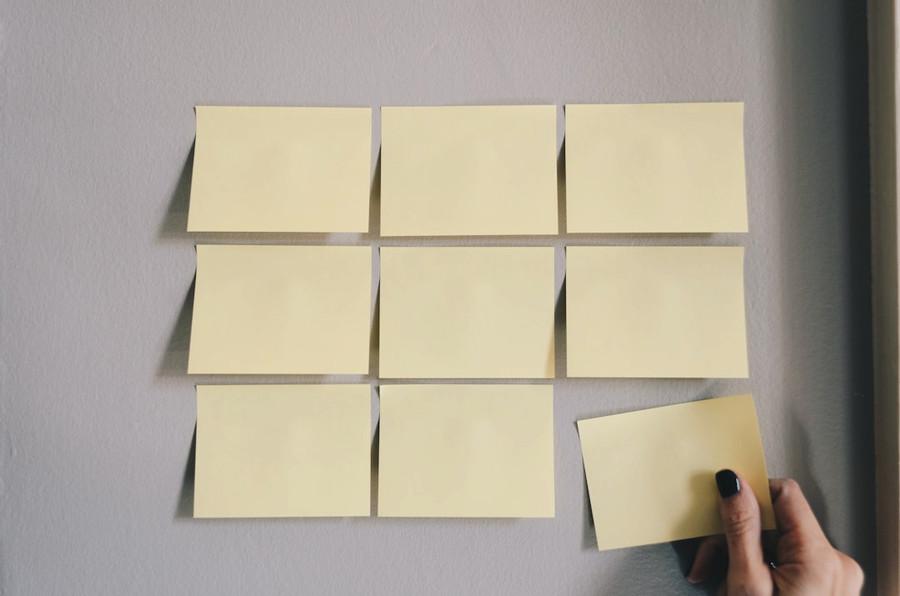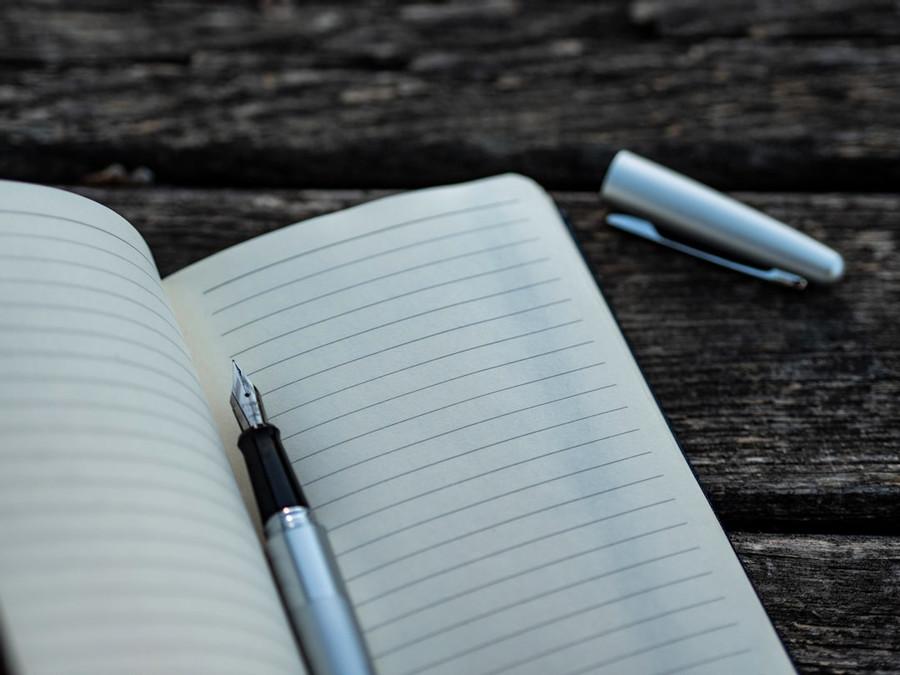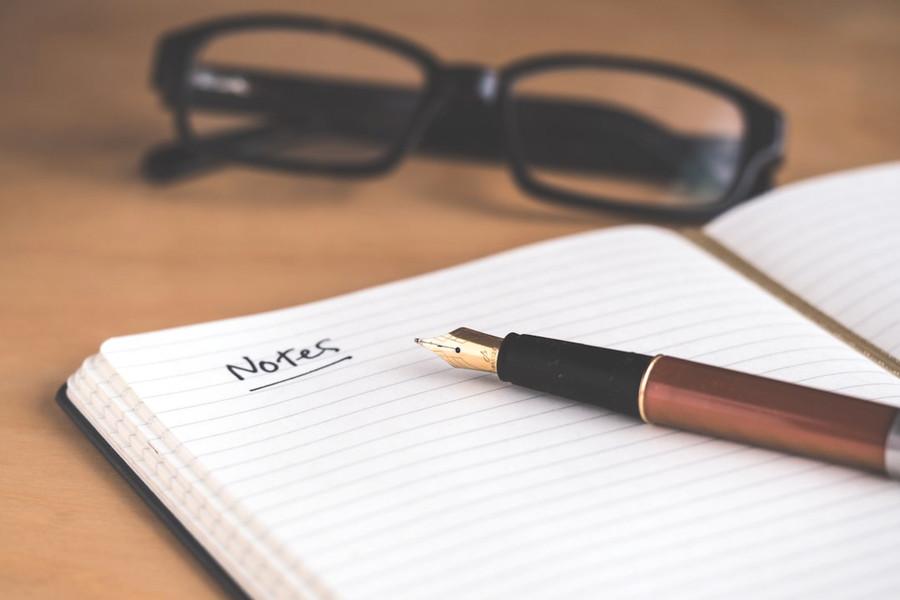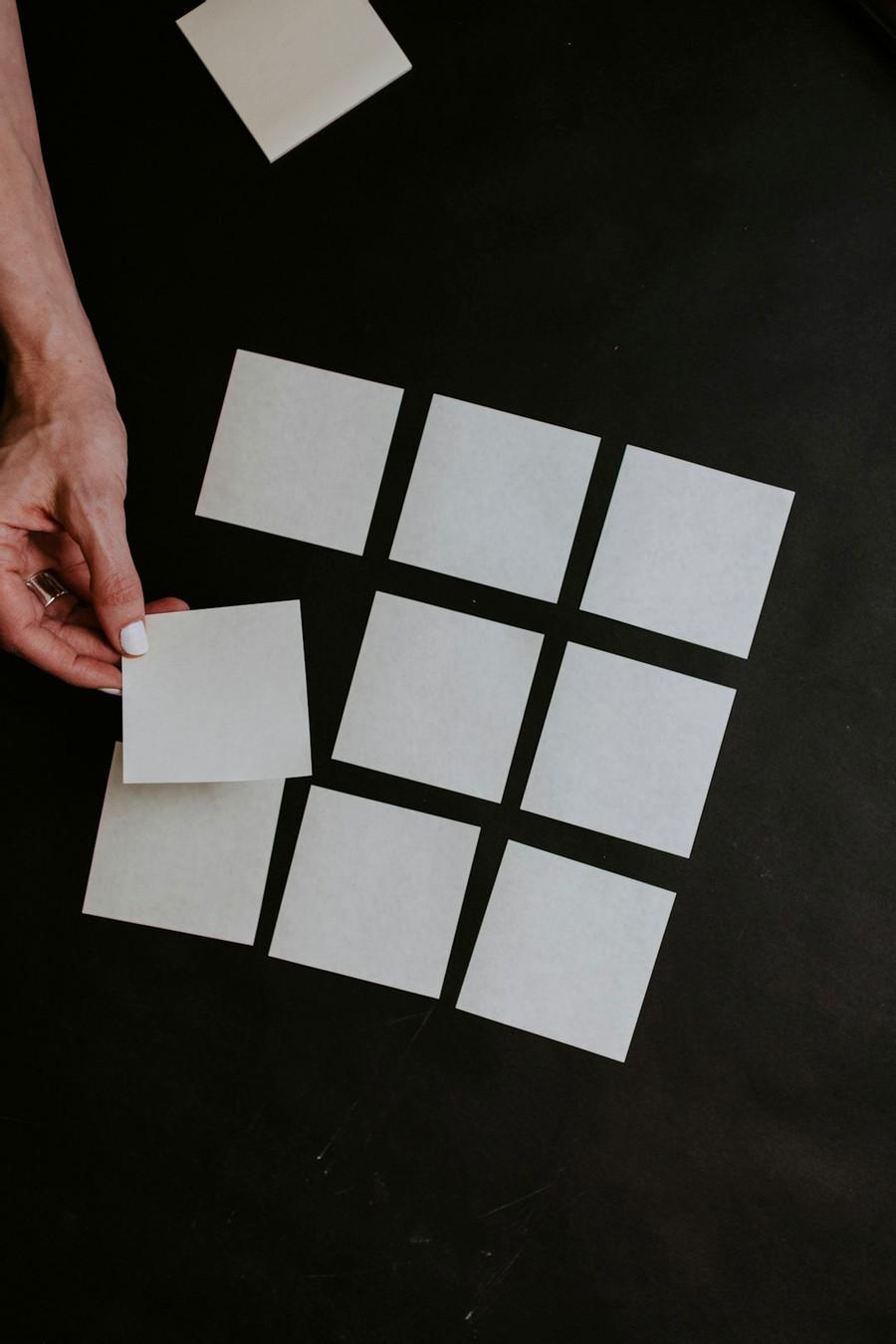How To Take Smart Notes: 8 Steps to taking smart notes.
Curated from: fortelabs.com
Ideas, facts & insights covering these topics:
9 ideas
·9.65K reads
75
3
Explore the World's Best Ideas
Join today and uncover 100+ curated journeys from 50+ topics. Unlock access to our mobile app with extensive features.
8 Steps to taking smart notes
This approach to note-taking was inspired by the 20th-century German sociologist Niklas Luhmann who was a prolific note-taker, writer, and academic. He developed a simple system based on paper index cards, which he called his “slip-box”, designed to connect any given note to as many different potentially relevant contexts as possible.
It enables the note-taker to break down their notes into smaller, manageable chunks and organize them into a cohesive whole. This process allows the note-taker to gain a better understanding of their notes and to utilize them in further research and writing.
128
1.31K reads
1.Fleeting Notes.
Fleeting notes are quick, informal notes on any thought or idea that pops into your mind meant to be a reminder of what’s in your head.
120
1.45K reads
2. Make Literature notes.
Literature Notes are meant to be incorporated in one’s own writing.
Guidelines in creating literature notes:
- Be extremely selective in what you decide to keep
- Keep the overall note as short as possible
- Use your own words, instead of copying quotes verbatim
- Write down the bibliographic details on the source
132
1.36K reads
3. Make permanent notes.
These notes are based on reviewing the fleeting notes and literature notes and relates to your current work on or interests. The purpose is not just to collect ideas, but to develop arguments and discussions over time.
Questions to ask yourself to create them:
- How does the new information contradict, correct, support, or add to what I already know?
- How can I combine ideas to generate something new?
- What questions are triggered by these new ideas?
Once done, throw away the fleeting notes from step one and file the literature notes from step two into your bibliographic slip-box.
138
1.05K reads
4. Addition your new permanent notes to the slip-box.
Add the permanent notes you’ve created to your slip-box. Do this by filing each note behind a related note (if it doesn’t relate to any existing notes, add it to the very end).
116
1.08K reads
5. Develop your topics, questions and research projects bottom up from within the slip-box.
With so many standardized notes organized in a consistent format, you are now free to develop ideas in a “bottom up” way. See what is there, what is missing, and which questions arise. Look for gaps that you can fill through further reading.
118
921 reads
6. Decide on a topic to write about from within the slip-box.
Instead of coming up with a topic upfront, you can just look into your slip-box and look for what is most interesting. Your writing will be based on what you already have, not on an unfounded guess about what the literature you are about to read might contain. Follow the connections between notes and collect all the relevant notes on the topic you’ve found.
114
743 reads
7. Turn your notes into a rough draft.
Instead of copying your notes into a manuscript, translate them into something coherent and embed them into the context of your argument. As you detect holes in your argument, fill them or change the argument.
118
759 reads
8. Edit and proofread your manuscript.
From this point forward, all you have to do is refine your rough draft until it’s ready to be published.
112
960 reads
IDEAS CURATED BY
CURATOR'S NOTE
Note-taking is like time travel—you are sending packets of knowledge through time to your future self.
“
Kalpana Sharma's ideas are part of this journey:
Learn more about writing with this collection
Cultivating a growth mindset and embracing challenges
Developing adaptive thinking and problem-solving skills
Effective learning frameworks and approaches
Related collections
Similar ideas
14 ideas
6 ideas
How to Take Notes While Reading
scotthyoung.com
4 ideas
How to take notes while reading a book
nesslabs.com
Read & Learn
20x Faster
without
deepstash
with
deepstash
with
deepstash
Personalized microlearning
—
100+ Learning Journeys
—
Access to 200,000+ ideas
—
Access to the mobile app
—
Unlimited idea saving
—
—
Unlimited history
—
—
Unlimited listening to ideas
—
—
Downloading & offline access
—
—
Supercharge your mind with one idea per day
Enter your email and spend 1 minute every day to learn something new.
I agree to receive email updates









